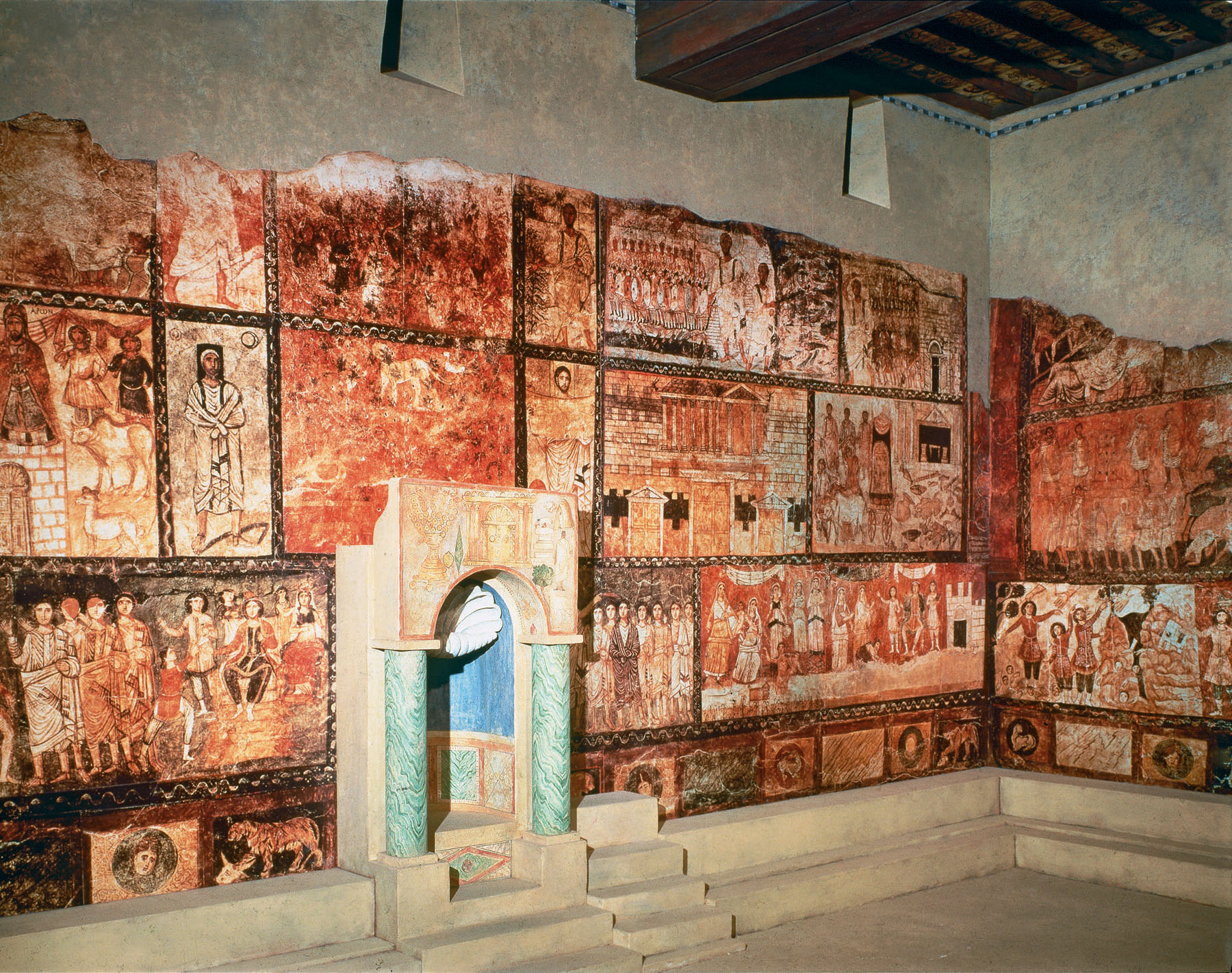The Egyptian Presence in the Negev desert area is discussed in this University of California-San Diego web-site: http://levlab.ucsd.edu/publications/nahaltillah/
FROM BIBLICAL ARCHAEOLOGIST 1995 VOLUME 58, NUMBER 1
NEW LIGHT ON KING NARMER AND THE PROTODYNASTIC EGYPTIAN PRESENCE IN CANAAN.
BY THOMAS E. LEVY, EDWIN C.M. VAN DEN BRINK, YUVAL GOREN AND DAVID ALON
Recent excavations in Israelís northern Negev desert, carried out under the auspices of the new Nahal Tillah Regional Archaeology Project, are beginning to shed new light on the character of late Protodynastic/Early Dynastic Egyptian/Canaanite interaction, ca. 3300 - 3000 BC. Of key importance are new data concerning the role of one of the earliest historically known Egyptian kings - Narmer, in expansion of the Nile Valley civilization. One of the central research problems which the Nahal Tillah project focuses on is the nature of core - periphery relations and the impact of core civilizations on their less socially complex neighbors. Specifically, how do newly emergent ìpristineî civilizations impact and influence culture change in their less socially developed peripheries? These kinds of questions are linked to broader issues of culture evolution, especially the rise of secondary states in the ancient Near East.
In July of 1994, a wealth of new data was recovered in excavations in the Nahal Tillah area near Kibbutz Lahav which have bearing on this problem. In soundings on the Halif Terrace at the Silo site (Figure 1), large numbers of imported Protodynastic/Early Dynastic Egyptian pottery vessels, architecture, a clay seal impression, and a new incised sherd bearing the serekh symbol of King Narmer were found. Narmer, known to archaeologists from the exquisite large stone palette which contains his name symbolized as a catfish, was once thought to have been responsible for the first unification of upper and lower Egypt sometime between 3050 - 3000 BCE. This article outlines the archaeological and historical context of the new Narmer serekh and examines the importance of this early epigraphic artifact for southeastern Mediterranean archaeology.



